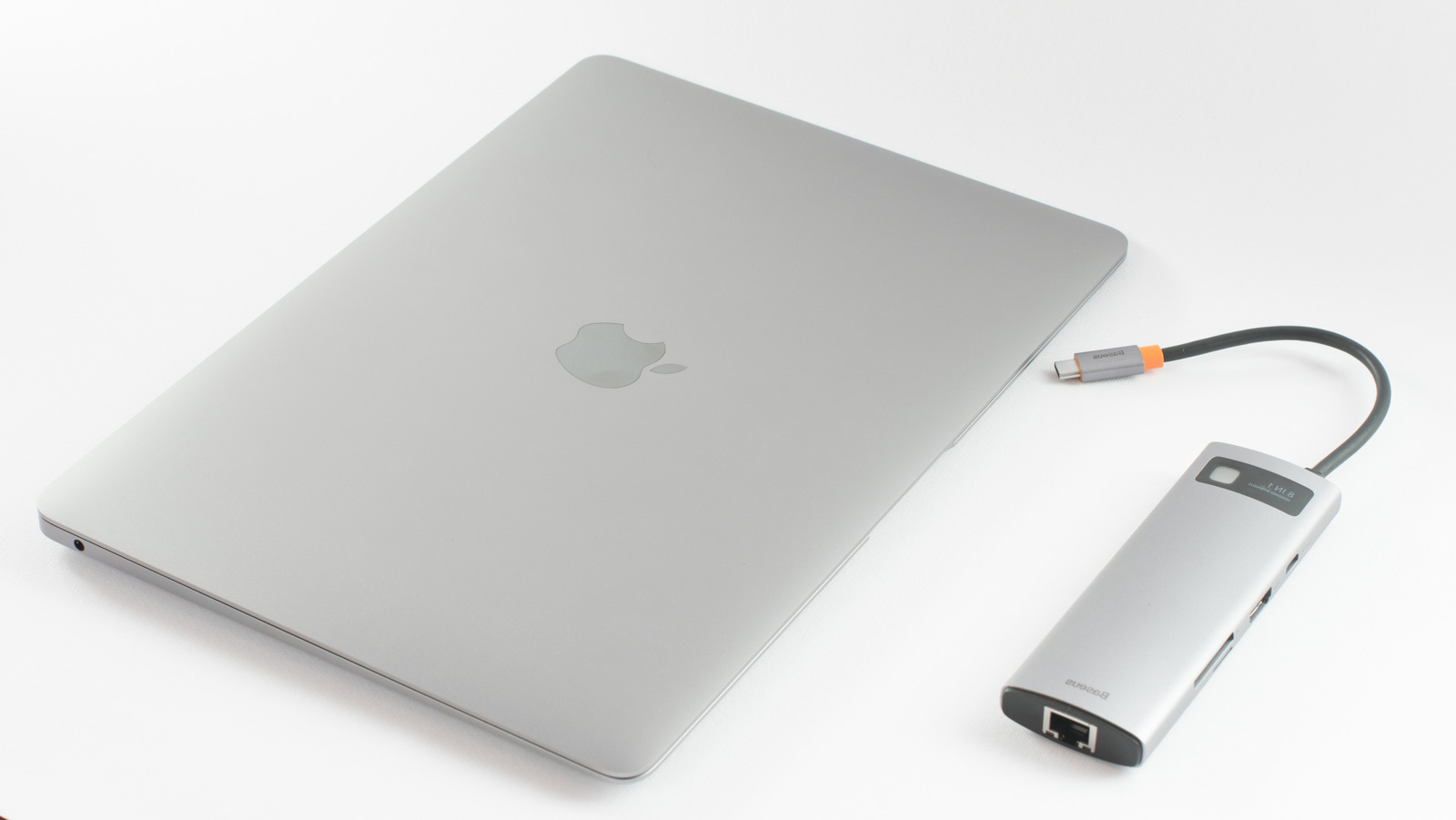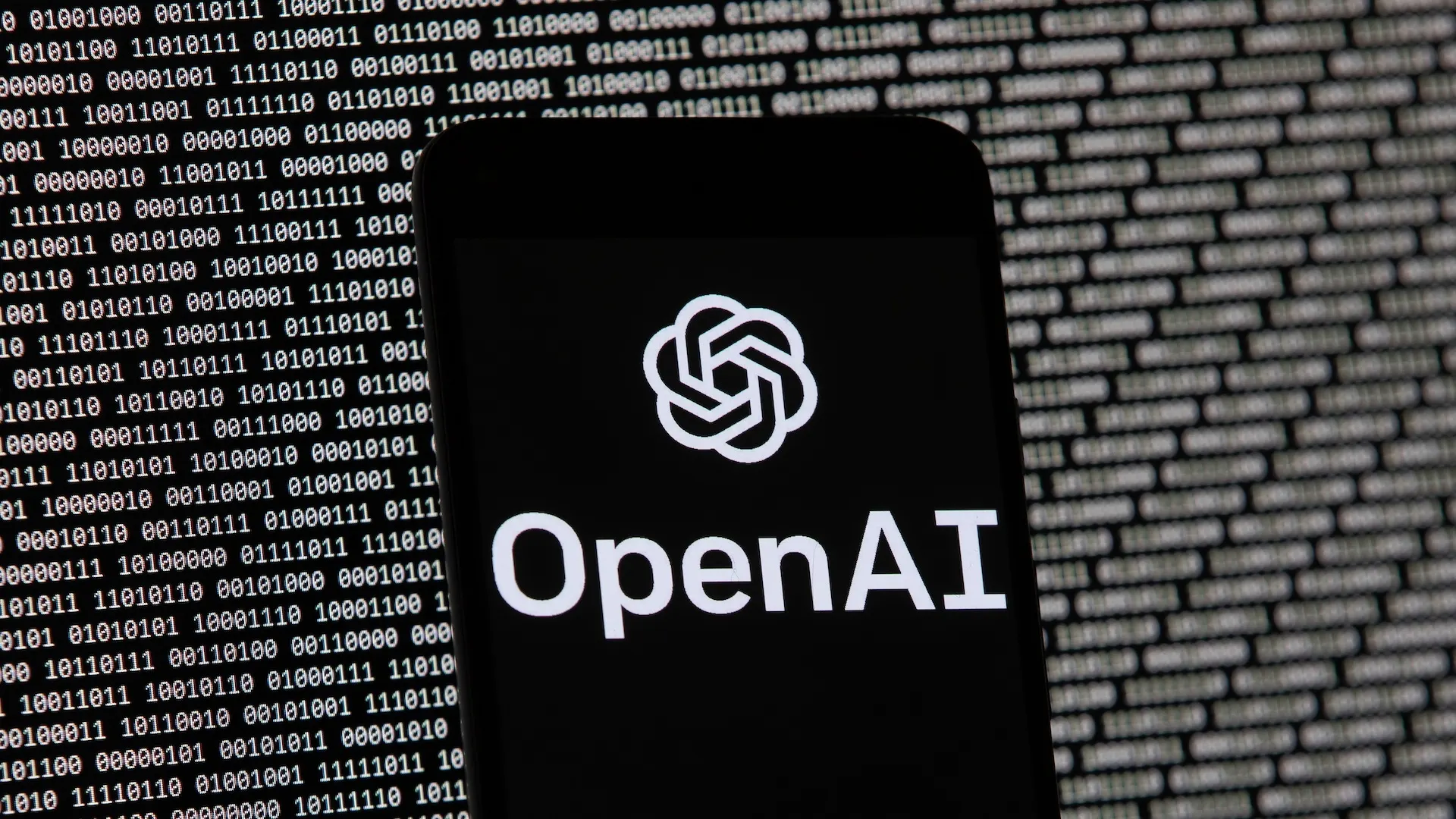The Global Race for Better Batteries has Never Been More Intense. Electric vehicles, draones, and next-generation aircraft all depend on High-Performance Energy Storage-Yet the Traditional Approach to Battery R & D Is Struggling to KEEP PACE PACE PACE with Demand.
Innovation and Investment Alone Won’s Won Solve the problem, Unless We Compress the Timeline. Speed is now the defining barrier between potential and impact. Even as ai speeds up materials discovery, battery lifetime stills success: Months, turning lifetime testing into the key bottleneck for promising chemists.
That’s changing. Physics-informed ai is redefining battery development. National Labs Like Nirl has Shown How Neural Networks can diagnose battery health
The real cost of traditional testing
Battery Development has Always Been a Waiting Game. Consider the Mathematics: Testing at a Standard C/3 Rate Allows for just two complete cycles per day. Multiply that Across Different Chemistry, Protocols, and Form Factors, And You’re Looking at Years of Validation Before a Single Product Reaches Market.
This isn’t just intelligence –T’s badcoming unstainable. While Battery Researchers Methodically Work Through their Testing Cycles, The Market Landscape Shifts Beneath Them. New competitors emerge, customer requirements Evolve, and Breakthrough Technologies Risk Becoming Obsolete Before they validated.
The industry needs a fundamental shift in how it approaches innovation.
Why conventional ai isn’t the answer
Many companies have turned to traditional machine learning, hoping to accelerate their development cycles. But conventional ai tools face critical limitations in battery applications:
- Data Scarcity: Unlike Consumer Tech, Battery Research Generates Relatively Small, Messy Datasets that Resist Standard Ml Approaches.
- Black Box Problem: Correlation-based models might identify patterns, but they can’t explain why those patterns exist, which is a nonstarter in a field governed by strict Electrochemical and thermesic Principles.
- Regulatory challenges: Engineers and regulators need to undersrstand not just what an ai predicts, but why it makes that during predictions.
ENTER PHYSISICS-Informed AI
Physics-informed ai represents a fundamental departure from conventional approaches. INTEAD of Learning Patterns from Data Alone, these models embed physical laws directly into their architecture. The result is ai that does not just just recognize correlations –it correlations with the underlying physics.
This Approach Transforms How We Think About Battery Development. Rather than waiting months for empirical validation, physics-informed models can simulate real battery behavior with remarkable accuracy. They account for aging, degradation, thermal stress, and mechanical factors – ball grounded in Establed Scientific Principles.
At factorial, we’ve achieved something that seemed impossible just years ago: Predicting Cycle Life Outcomes After Just 1-2 Weeks of Early Testing, Compared to the 3–6 months to the 3–6 months to the required.
Software-Driven Breakthroughs
The impact extends beyond faster testing. Using our newly launched gammatron platform-a proprietary physics-informed ai system-we recently optimized a fast-crossing protocol without altering any physical components. The result: a twofold improvement in cycle life, achieved entrely through software.
Gammatron, Developed to Simlate and Predict Battery Behavior with High Accuracy, Has Transformed Our Approach to Development with Stellantis. By Forecasting long-term performance from just two weeks of early data, the platform helped accelerate validation timelines and informed protocol adjustments Lifespan, without changing chemistry or hardware.
We’re not the only ones see this level of transformation. At the battery show Europe, Monolith Ceo Richard Ahlfeld Shared that His Company, Working With Cellforce Group, is Using Ai to Reduce Battery Materials Testerials Testing Requirements by up to 70%, MainTaining or even improving discovery rates. These aren’t theoretical savings. Monolith Reports 20–40% Reductions in Testing Across Active Partner Projects Today, Accelerating Products to Market by Months.
This represents a new paradigm in battery development –one where software innovations can drive hardware-achl Gains. As our models continuously learn from new lab data, they evolve in real time, accelerating innovation through This combination of ai and lab data enables a feedback loop that isnless in traditional ai models.
Transforming Industry Standards
Physics-informed ai enables capabilities that were previously impossible:
- Precision Matching: Align Specific Chemistry with Target Applications Based on Predictive Performance Modeling Rather Than Trial and Error.
- Virtual prototyping: Simulate Performance Outcomes Before Investing In Physical Protypes, Dramatically Reduction Development Costs and Timelines.
- Intelligent optimization: Fine-Tune Charging Protocols for Optimal Speed and Safety Without Extended Physical Testing.
- Predictive monitoring: Identify Potential Failure Modes Early in the Development Cycle, Reducing Both Risk and Cost.
Perhaps most importantly, these tools support continuous learning throughout the product lifecycle. As new materials, processes, and data become available, the models Evolve, Enabling Rapid Adaptation Across Diverse Battery Platforms and Applications.
The simulation-friend future
We’re witnessing the emergence of a new development Paradigm -Digital Cell Design. Tomorrow’s Battery Breakthroughs will begin not in Physical Labs, but in Sophisticated Simulations that Combine Domain Domain Expertise, Experimental Validation, and Intelligent Ai Modeling.
This shift from hardware-friendly to data-last innovation will separate industry leaders from from followers. Companies that can seamlessly integrate these caps will unlock longer range, faster charging, and greater resilience, solving what are fundamentally Systames Challenges Charlenges rather than just Challenges.
The tools exist today. The question is isn’t wheether this transformation will Haappen, but how quickly companies will adapt to leverage these these capabilities.
The Early-Rate Deadline for Fast Company’s Most Innovative Companies Awards is Friday, September 5, at 11:59 PM Pt. Apply today.












